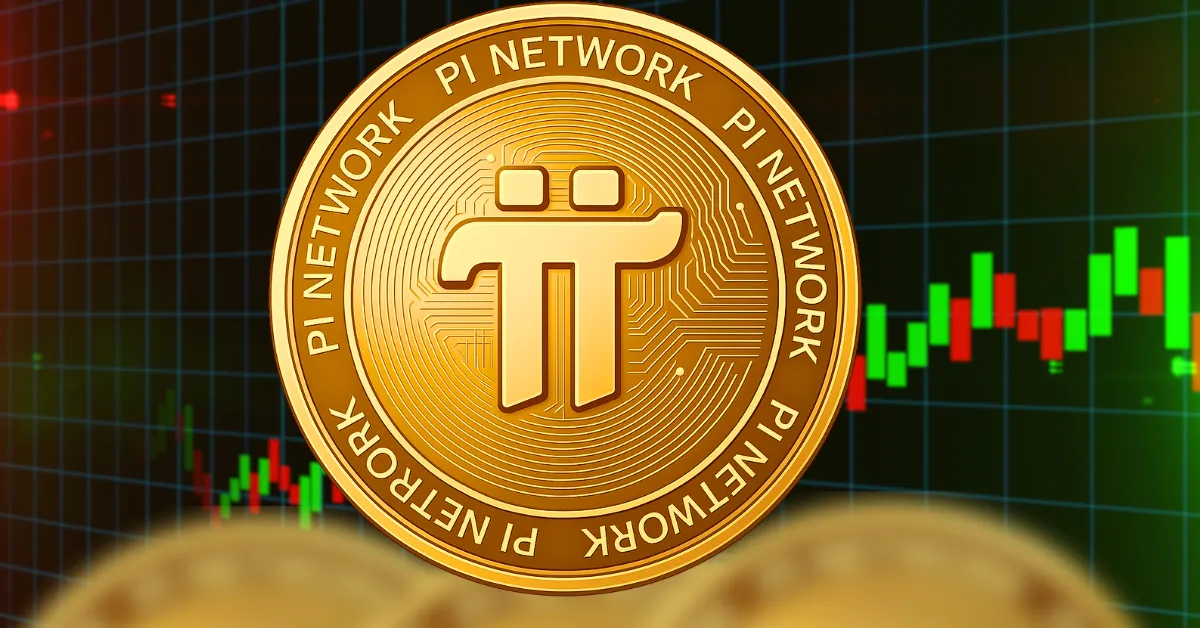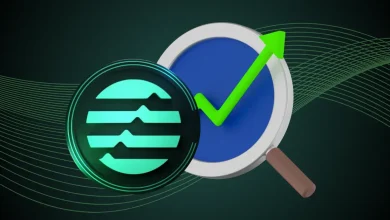
Pi vs. Stablecoins: Pi Network’s vision of a global currency faces stiff competition from stablecoins backed by fiat and institutional trust.
Pi Price Slides Again: Despite a brief breakout, Pi Coin drops to $0.4961; long-term adoption depends on real-world utility and user growth.
Stablecoins are becoming more popular in the crypto market. Thanks to their steady prices, backing from real-world assets, and growing support from regulators, these coins have become a go-to option for people looking for stability in a market known for wild swings.
But some experts from the Pi community think that the rise of stablecoins could get in the way of Pi Network’s goal of becoming a widely used global currency.
Can Pi Compete with Stablecoins?
Pi Network’s long-term goal is to make Pi Coin a global currency, focused on easy access, mobile mining, and peer-to-peer use. But without key advancements, stablecoins may continue to be the preferred choice for users seeking a stable, currency-like crypto.
Stablecoins have fiat backing and institutional trust. Pi Coin still faces volatility, limited listings, and regulatory hurdles. And in order to compete globally, it must improve its real-world utility and build greater trust.
What Gives Pi an Edge?
Pi does have some unique advantages that could help it stand out: First, Pi’s mining is as simple as tapping an app, with no need for wallets or exchanges. This makes it far more accessible than most cryptocurrencies.
Second, Pi Network’s 65 million-strong community and referral-based model create strong network effects that stablecoins don’t offer. If Pi’s real-world utility improves, this loyal base could drive significant adoption.
Finally, Pi is building its own ecosystem with dApps and developer tools, including the new AI-powered Pi App Studio. If successful, this could boost engagement, attract new users, and turn Pi into a thriving digital economy.
Price Struggles Continue
Pi Network still faces issues like centralization, KYC delays, and low user activity. It is still in its early stages without institutional backing or proven real-world utility.
Pi coin’s recent breakout above a key downtrend looked promising, but the rally did not last. It quickly reversed and the token is now sliding again. If this trend continues, PI could slide toward its all-time low near $0.40.
A rebound is still possible if demand picks up, with an upside potential to $0.66. But for now, the pressure remains on the downside. It is currently trading at $0.4961, down 5% in the last 24 hours.
Never Miss a Beat in the Crypto World!
Stay ahead with breaking news, expert analysis, and real-time updates on the latest trends in Bitcoin, altcoins, DeFi, NFTs, and more.
FAQs
Stablecoins, with their steady prices, backing by real-world assets, and growing regulatory support, offer stability that Pi Coin currently lacks. Pi Network’s goal of becoming a widely used global currency is challenged as users seeking stability may prefer stablecoins over volatile Pi, which still faces limited listings and regulatory hurdles.
Pi Network faces several challenges including centralization, delays in its Know Your Customer (KYC) verification process, and relatively low user activity for its large base. It’s also in early stages without institutional backing or proven real-world utility, making it difficult to compete with established stablecoins.
Pi Network is building its own ecosystem by developing dApps and providing developer tools, including the new AI-powered Pi App Studio. The goal is to boost engagement, attract new users, and transform Pi into a thriving digital economy with increased real-world utility, leveraging its large community.
Trust with CoinPedia:
CoinPedia has been delivering accurate and timely cryptocurrency and blockchain updates since 2017. All content is created by our expert panel of analysts and journalists, following strict Editorial Guidelines based on E-E-A-T (Experience, Expertise, Authoritativeness, Trustworthiness). Every article is fact-checked against reputable sources to ensure accuracy, transparency, and reliability. Our review policy guarantees unbiased evaluations when recommending exchanges, platforms, or tools. We strive to provide timely updates about everything crypto & blockchain, right from startups to industry majors.
Investment Disclaimer:
All opinions and insights shared represent the author's own views on current market conditions. Please do your own research before making investment decisions. Neither the writer nor the publication assumes responsibility for your financial choices.
Sponsored and Advertisements:
Sponsored content and affiliate links may appear on our site. Advertisements are marked clearly, and our editorial content remains entirely independent from our ad partners.








